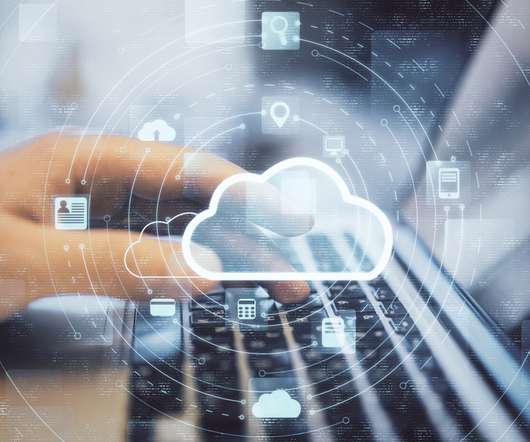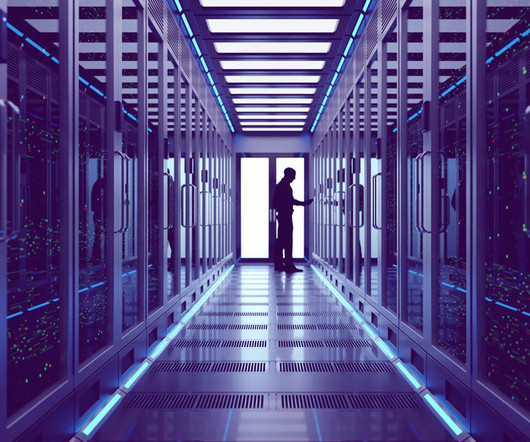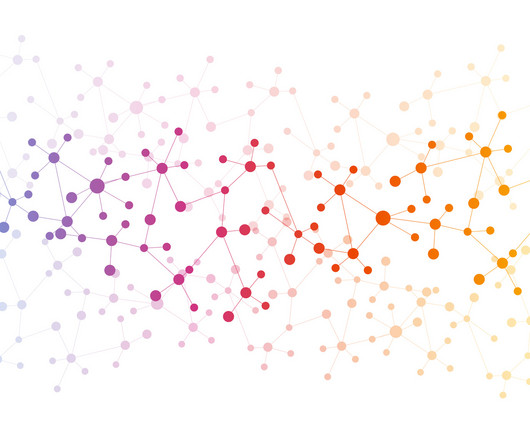Public cloud vs. private cloud vs. hybrid cloud: What’s the difference?
IBM Journey to AI blog
FEBRUARY 6, 2024
It’s hard to imagine a business world without cloud computing. There would be no e-commerce, remote work capabilities or the IT infrastructure framework needed to support emerging technologies like generative AI and quantum computing. What is cloud computing?











Let's personalize your content